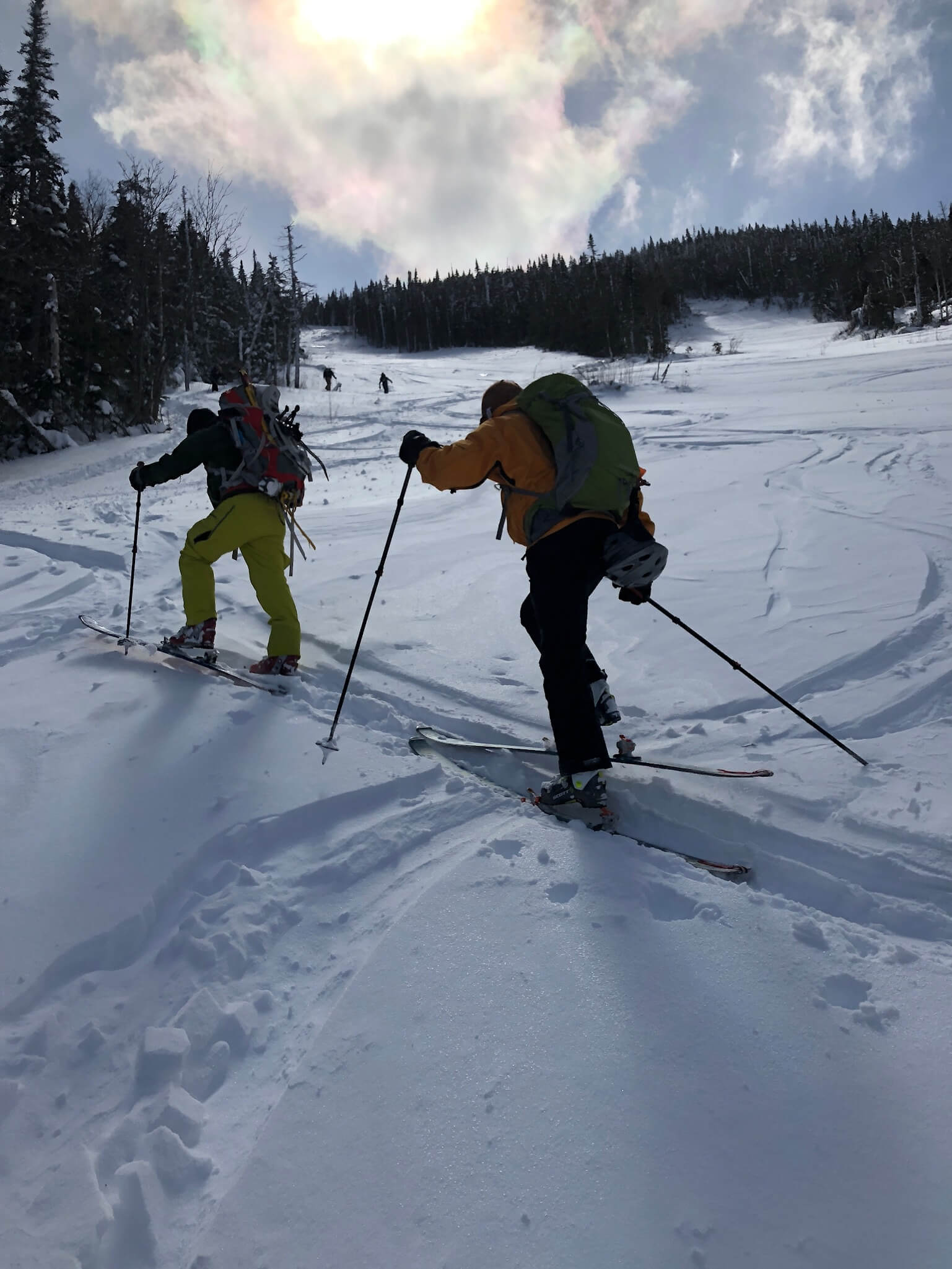
Many years ago while I was attending University of Miami for physical therapy school, one of my fellow teammates, Luke Menke, talked about joining the local Miami rugby club.
Our home field or “pitch” was in a park off of Key Biscayne, just a stone's throw from South Beach in Miami. We were playing a team from Chicago in 100° heat. Our team was a mixture of American football players and true rugby players from South Africa, the UK and Australia who truly grew up playing the game. Honestly, I wasn’t feeling the best on this particular day after pulling late nights for exams. My confidence was not at its highest.
During a “scrum” I was injured when a player from the Chicago team landed on the outside of my left leg, immediately bending it inward, bringing me down and wincing in pain. As I tried to slowly get up and bear weight, my left leg simply gave way. I realized then that I needed to get off the field and get some help.
Since it was a local game a lot of my fellow students from the PT program were at the game. Seeing a fresh trauma, they all wanted to practice how to assess a real sports injury. It turned out to be pretty serious - a partial tear of anterior cruciate ligament (ACL), lateral meniscal tear and grade 2 medial collateral ligament tear (MCL) tear. The good news is that with some time and rehabilitation, my injuries became a thing of the past.

During my first job out of school I started participating in triathlons and got the bug for competition. In the beginning everything seemed fine, but over time I would gradually develop swelling in that knee as I increased my distances and often didn’t leave enough time for recovery. This eventually made it difficult to do any kind of weight training that involved squats, lunges or deadlifts. At the time it seemed that I had to be relegated to biking alone as a form of strengthening for lower extremities, which I accepted but was not happy about.
In retrospect, I wish I had seen someone that was a sports physical therapist to guide me. I needed someone to reign in my ego and provide structure to my own treatment plan.
Eventually, I committed to a very simple progression of exercise and was able to return to everything but running. That seemed to be a trigger no matter how short or how slow I did it.
Slowly I developed the resilience for weight training beyond the bike that allowed me to gradually increase my resistance as long as I allowed enough recovery time and consistently warmed up at very low resistance levels. In fact, I was able to return to squatting that was greater than my ability in high school and every time my knee became more stable.
On the positive side, I have since been able to hike for a whole day, ski some of the steepest slopes in the East at Tuckerman’s Ravine, and mountain bike for hours at local hot spots like Jungle habitat or Sterling Forest.


This is a great day in Keane Valley, New York just outside of Lake Placid on a backwoods ski day after 3-4 feet of snow just dropped over a week. Kind of magical. During this trip there is little or no cell service so it really makes it special for the guys.

Tuckerman Ravine, New Hampshire
As an older athlete I do notice troubles with extensive standing or walking. During training camp for rec football when I’m standing on the field for close to two and half hours, five days a week, my knee can start to swell.
So why am I talking about this? I do believe many people can overcome injuries that appear insurmountable or only fixable via surgery. Often at discharge from PT, patients are pain free and back to most activities. Over time, however, patients can experience flare ups of their knee or shoulder and neck by jumping back to where they were prior to these injuries too rapidly. Unfortunately, this is not an uncommon scenario after physical therapy.
The key to life is patience with the process and gradually developing resilience in your body for whatever you may want to do. Most times it’s purely the proper progression so the body can adapt. In the clinic, one of the things that we emphasize is the post-rehab process of gradually returning the person to their sport or activity of choice when they’re not reminded by pain.
If you’re struggling with an old injury or keep on having setbacks, many times it can be from the progression of exercise. It typically falls on too intense activities being done too frequently, or just doing an activity for too long. If you need help, we are here to guide you towards getting back to the activities you miss.
You may have more ability than you realize. Let’s have a conversation about that through our discovery visit at the clinic - which is a free consultation - or talk over the phone.


